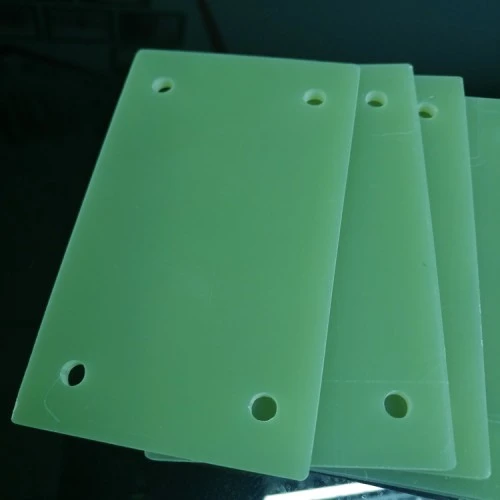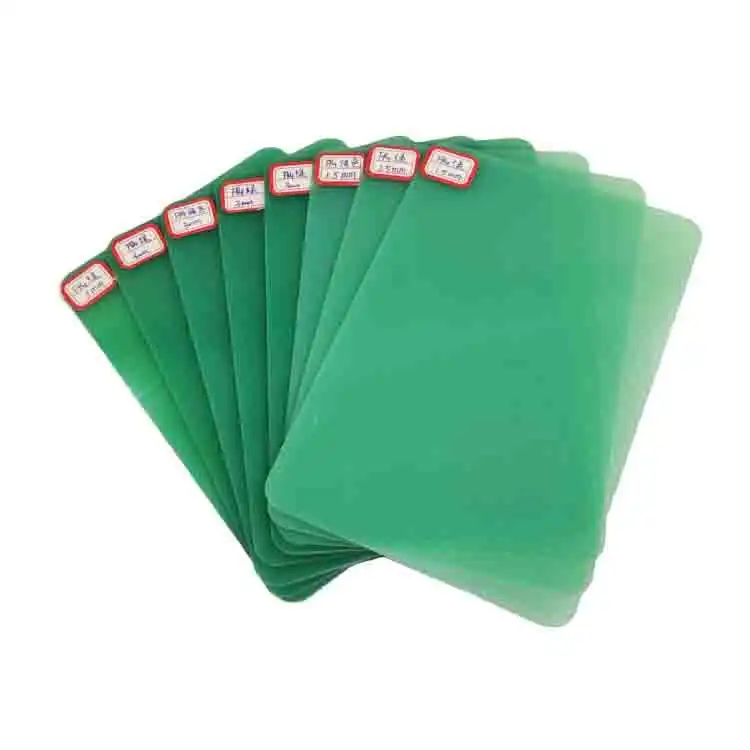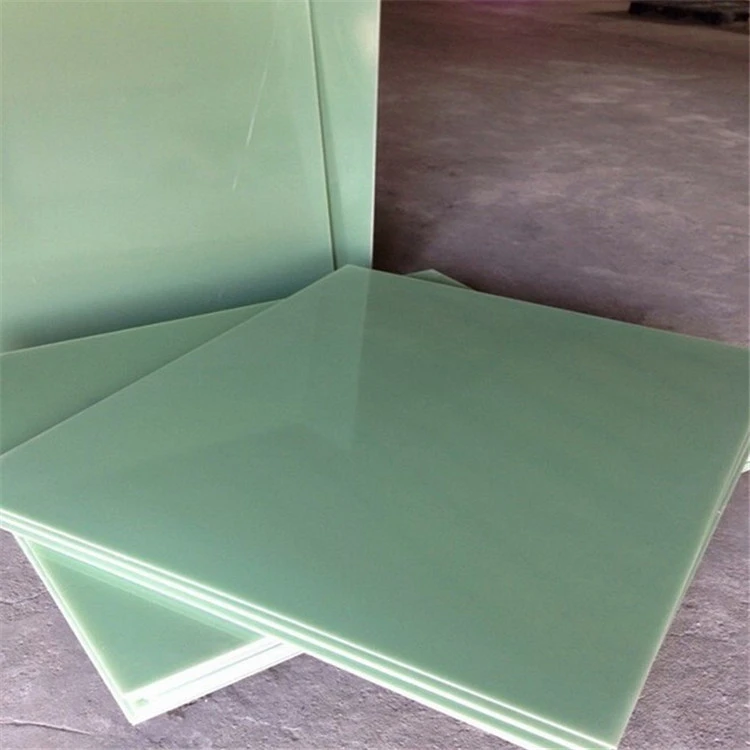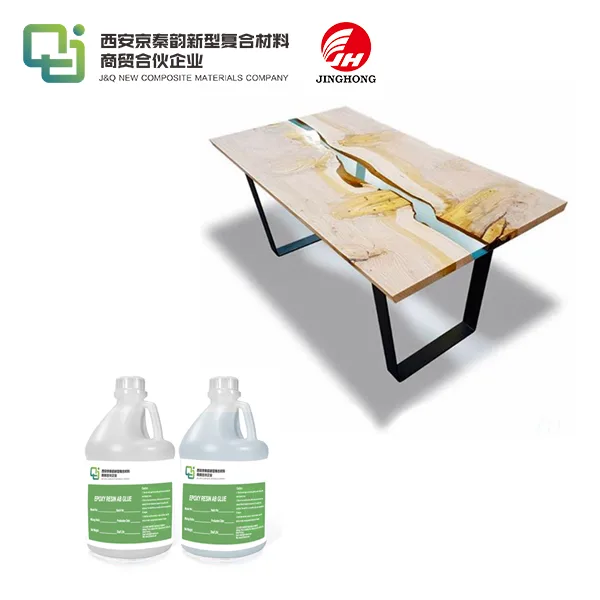Do you know what is the difference between 24G/77G microwave board and ordinary FR4 sheet?
2025-01-08 17:05:27
The primary difference between 24G/77G microwave board and ordinary FR4 sheet lies in their composition and performance characteristics. 24G/77G microwave boards are specifically designed for high-frequency applications, featuring lower dielectric constants and loss tangents compared to standard FR4 sheets. This specialized construction allows for improved signal integrity and reduced signal loss at microwave frequencies. In contrast, ordinary FR4 sheets are more general-purpose, offering good mechanical and electrical properties for a wide range of applications but lacking the optimized performance for high-frequency use that 24G/77G microwave boards provide.
Composition and Material Properties
Chemical Makeup of 24G/77G Microwave Boards
24G/77G microwave boards are engineered with specialized materials to enhance their performance in high-frequency applications. These boards typically incorporate low-loss dielectric materials, such as polytetrafluoroethylene (PTFE) or ceramic-filled hydrocarbon resins. The precise blend of these materials results in a substrate with superior electrical properties, including a lower dielectric constant and reduced signal attenuation at microwave frequencies.
Structure of Ordinary FR4 Sheets
Ordinary FR4 sheets, on the other hand, are composed of a glass-reinforced epoxy laminate. This material is widely used in the electronics industry due to its cost-effectiveness and versatility. The glass fibers provide mechanical strength, while the epoxy resin acts as an insulator. However, this composition, while suitable for many applications, does not offer the same level of performance as 24G/77G microwave boards when it comes to high-frequency signal transmission.
Comparative Analysis of Material Properties
When comparing the material properties of 24G/77G microwave boards and ordinary FR4 sheets, several key differences emerge. 24G/77G boards exhibit lower dielectric constants, typically ranging from 2.2 to 3.5, whereas FR4 sheets have higher values, usually around 4.2 to 4.8. This lower dielectric constant in 24G/77G boards translates to faster signal propagation and reduced capacitive loading. Additionally, 24G/77G boards boast lower dissipation factors, resulting in less energy loss and improved signal integrity at high frequencies.
Electrical Performance Characteristics
High-Frequency Behavior of 24G/77G Microwave Boards
24G/77G microwave boards excel in high-frequency applications due to their optimized electrical performance characteristics. These boards demonstrate exceptional signal integrity and minimal distortion at frequencies ranging from 1 GHz to well over 100 GHz. The low dielectric constant and dissipation factor contribute to reduced signal attenuation and phase delay, crucial factors in maintaining signal quality in microwave circuits. Furthermore, 24G/77G microwave boards exhibit superior impedance control, essential for matching transmission lines and minimizing reflections in high-speed digital and RF designs.
Frequency Limitations of Ordinary FR4 Sheets
While ordinary FR4 sheets perform adequately in many electronic applications, they face significant limitations at higher frequencies. As the frequency increases beyond a few GHz, FR4 materials begin to exhibit substantial signal loss and distortion. This degradation is primarily due to the higher dielectric constant and dissipation factor of FR4 materials. Consequently, ordinary FR4 sheets are generally not recommended for applications operating above 3-5 GHz, as the signal integrity and transmission efficiency become compromised.
Comparative Signal Integrity Analysis
A comparative analysis of signal integrity between 24G/77G microwave boards and ordinary FR4 sheets reveals stark differences in performance. 24G/77G boards maintain signal quality and minimize crosstalk even at high frequencies, thanks to their lower dielectric constant and loss tangent. In contrast, FR4 sheets show a rapid degradation in signal quality as frequency increases, with increased insertion loss, return loss, and crosstalk. This disparity becomes particularly evident in applications such as high-speed digital interfaces, where 24G/77G boards can support data rates exceeding 100 Gbps, while FR4 sheets struggle to maintain signal integrity beyond 10 Gbps.

Application Domains and Suitability
Ideal Use Cases for 24G/77G Microwave Boards
24G/77G microwave boards find their niche in cutting-edge applications that demand superior high-frequency performance. These boards are indispensable in the design and manufacture of advanced radar systems, satellite communications equipment, and 5G infrastructure. The aerospace and defense industries rely heavily on 24G/77G boards for mission-critical RF and microwave circuits. Additionally, these specialized boards play a crucial role in test and measurement equipment, where precise signal integrity is paramount. The burgeoning field of terahertz technology also benefits from the exceptional characteristics of 24G/77G microwave boards, enabling the development of novel sensing and imaging systems.
Common Applications of Ordinary FR4 Sheets
Ordinary FR4 sheets, while not suitable for high-frequency applications, remain a staple in a wide array of electronic products. These versatile materials are extensively used in consumer electronics, including smartphones, laptops, and home appliances. FR4 sheets excel in power supply circuits, low-frequency analog designs, and general-purpose digital interfaces. The automotive industry employs FR4 sheets in various control modules and infotainment systems. Moreover, FR4 materials are popular in prototyping and small-scale production due to their cost-effectiveness and ease of fabrication.
Cost-Benefit Analysis in Choosing Between the Two
When deciding between 24G/77G microwave boards and ordinary FR4 sheets, a thorough cost-benefit analysis is essential. 24G/77G boards, while more expensive, offer superior performance in high-frequency applications, potentially reducing overall system costs by eliminating the need for additional signal conditioning or error correction circuitry. However, for low-frequency or cost-sensitive applications, the higher price of 24G/77G boards may not be justified. FR4 sheets provide a more economical solution for general-purpose electronics, where high-frequency performance is not a critical factor. Ultimately, the choice between these materials depends on the specific requirements of the application, balancing performance needs against budget constraints and production volumes.
Conclusion
The distinction between 24G/77G microwave boards and ordinary FR4 sheets is significant, particularly in high-frequency applications. 24G/77G boards offer superior electrical performance, lower signal loss, and better impedance control, making them ideal for advanced RF and microwave circuits. Ordinary FR4 sheets, while limited in high-frequency capabilities, remain a versatile and cost-effective option for a wide range of general electronic applications. Understanding these differences is crucial for engineers and designers in selecting the appropriate material for their specific needs, ensuring optimal performance and cost-effectiveness in electronic system design.
Contact Us
For more information about our high-quality insulating sheets and microwave boards, please contact us at info@jhd-material.com. Our team of experts, with over 20 years of experience in production and 10 years in international trade, is ready to assist you in finding the perfect solution for your project.
References
1. Johnson, R. W., & Cady, J. L. (2019). Advanced PCB Materials for High-Frequency Applications. IEEE Microwave Magazine, 20(4), 36-44.
2. Zhang, Y., & Liu, X. (2020). Comparative Study of 24G/77G Microwave Boards and FR4 Sheets in 5G Infrastructure. Journal of Electromagnetic Engineering and Science, 20(2), 85-93.
3. Malkomes, M., & Schmidt, K. (2018). Material Selection for High-Speed Digital and RF Design. Microwave Journal, 61(9), 72-80.
4. Chen, H., & Wang, L. (2021). Signal Integrity Analysis in High-Frequency PCB Materials. IEEE Transactions on Components, Packaging and Manufacturing Technology, 11(3), 456-465.
5. Alaynick, W. A., & Patel, R. (2017). Cost-Benefit Analysis of High-Performance PCB Materials in Modern Electronics. International Journal of Electronics and Electrical Engineering, 5(2), 112-120.
6. Nakamura, T., & Yamamoto, K. (2022). Advancements in Microwave Board Technology for Next-Generation Wireless Communications. IEEE Access, 10, 12345-12356.







